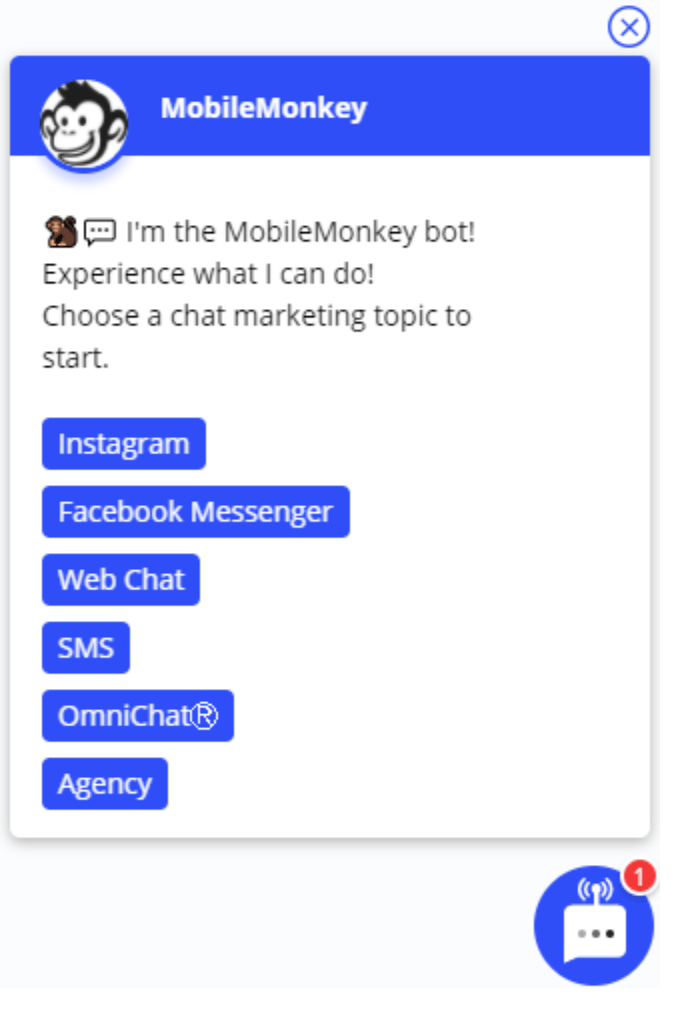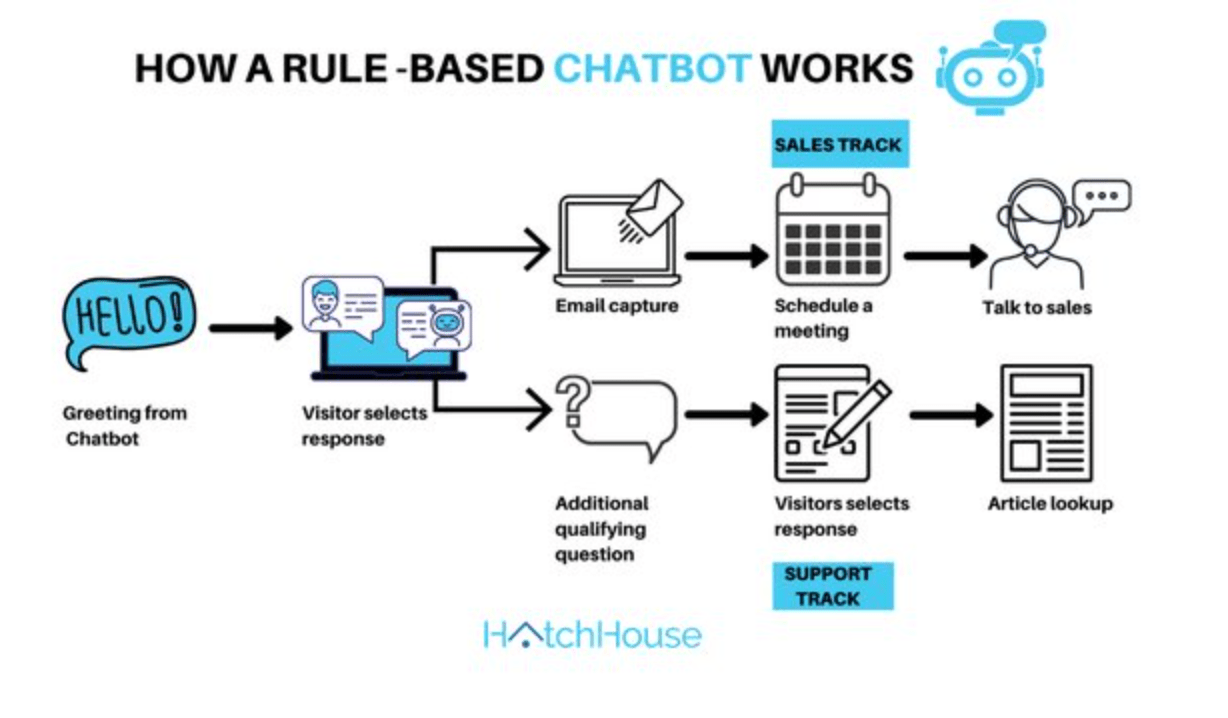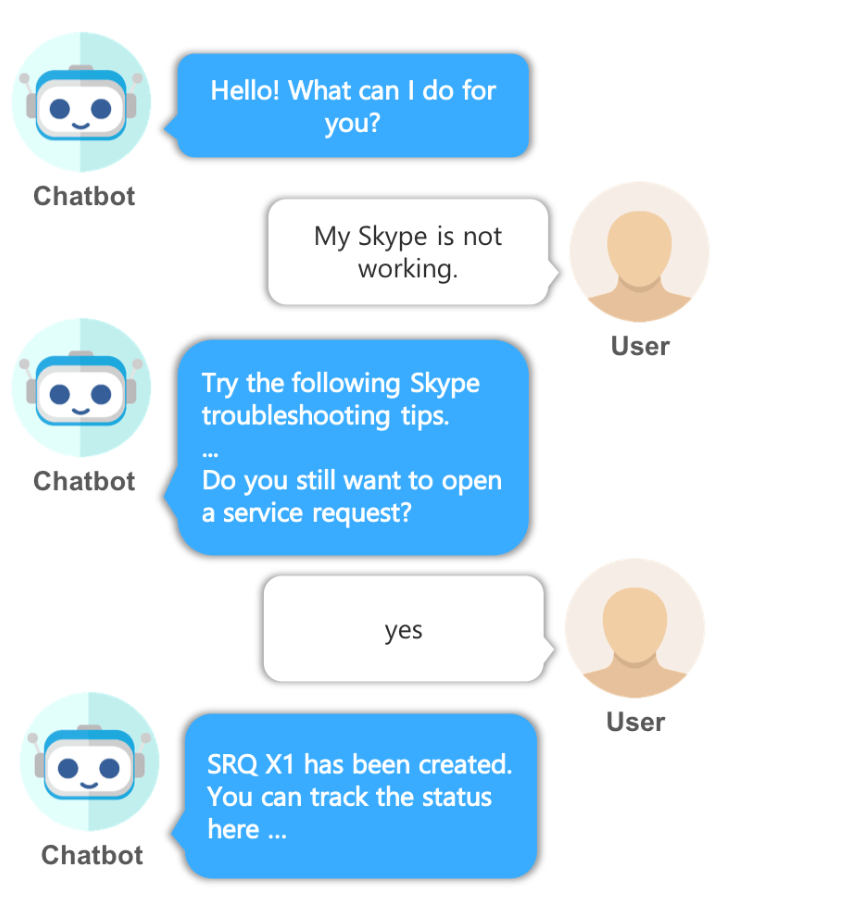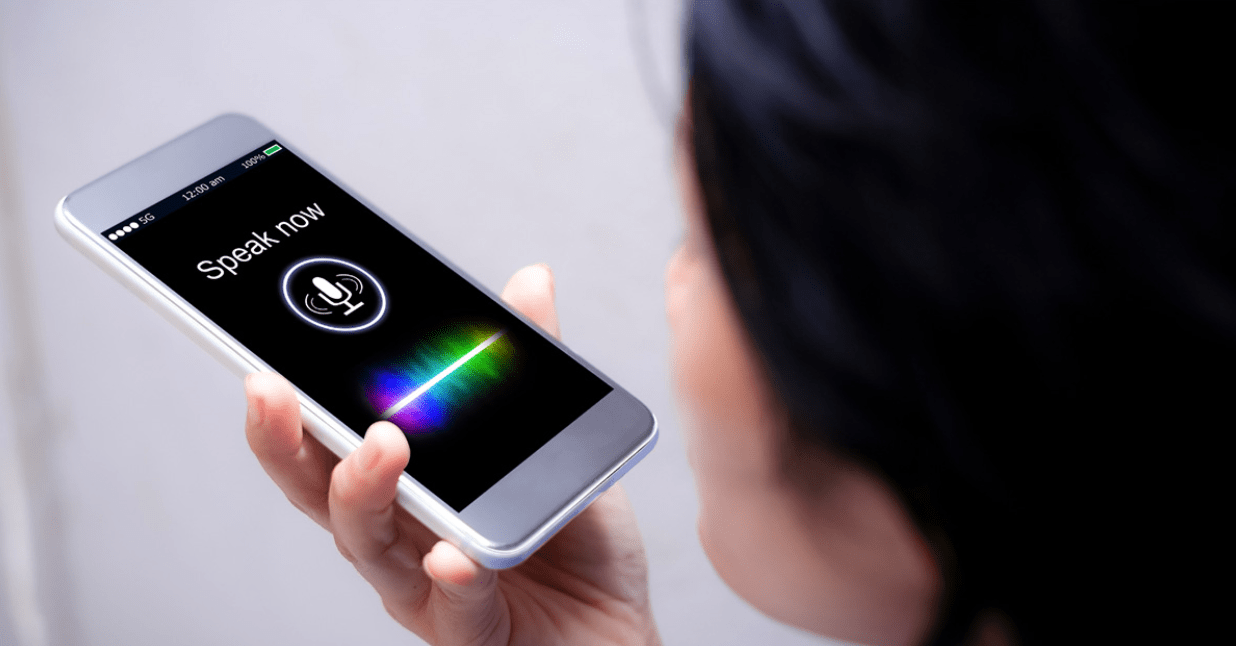

Updated April 14, 2025
To meet consumer expectations, businesses need to invest in chatbots to improve their customer service support. Learn how the basics of customer service chatbots and how they benefit businesses.
No matter how much technology advances, customer service will remain at the forefront of expectations for customers and methods for businesses of all sizes.
Customer service experiences are key to customer needs and loyalty - in fact, 45% of consumers are willing to pay more for better customer service.
Looking for a BPO agency?
Compare our list of top BPO companies near you
While consumers prefer to speak to human agents, that isn’t always possible Businesses are imploring more customer service bots to help customers with simple questions and other customer requests.
This article explores the basics of customer service chatbots, their benefits, features, and other relevant information.
Explore answering services for your customer support systems.
Customer service chatbots are designed to serve visitors during their online journeys. Chatbots should be able to answer questions, respond to general customer queries, and follow up with FAQ-related questions in real time.
To facilitate customer satisfaction, chatbots use artificial intelligence, machine learning, and other NLP (natural language processing) integrations to deliver customer results within a quick response time.
AI-powered chatbots are meant to reduce wait times, benefit human support agents by giving them more time to handle complex issues, and follow the appropriate workflows to optimize the response to customer queries.
Customer service chatbots are redefining customer experiences by increasing efficiency, restoring customer engagement with website visitors, and benefiting customer interactions.
By using machine learning and other technologies, customer service chatbots can perform a myriad of support tasks that ease the responsibilities off of live agents.
Customer service chatbots can:
All of these functions provide a consistent user experience for customers.
To have a successful customer service chatbot, support teams should ensure that their chatbots have the following functionalities to improve customer experience and internal use.
These features can increase efficiency and provide appropriate customer support for consumers.
While customer service chatbots provide much-needed support to businesses, there are still some disadvantages to using an AI-powered chatbot.
| Pros of Chatbots | Cons of Chatbots |
| Quick customer service | Limited responses |
| Reduced labor costs and pricing | Potential frustration from customers |
| Multipurpose functionalities | Expensive pricing for complex chatbots |
There are different types of customer service chatbots your business can explore:
Menu-based customer service chatbots (or button-based chatbots) are the most common on the market.
These chatbots answer customer questions through decision trees that are presented to the user in the form of buttons.

Giving users full autonomy on their online journey, chatbots plug in responses from their knowledge base.
Generally, these are great for answering those frequently asked questions but can provide challenges with more specific inquiries.
If your company chooses to use a menu-based customer support chatbot, be sure to provide an outlet for customers to contact your customer service team in case there isn’t an option presented for their inquiry.
Rule-based chatbots differ from menu-based chatbots by creating conversational AI automation flows.
Customer service teams can program these chatbots by implementing certain conditions with a set of words, synonyms, and other factors.

These chatbots also put users on a specific customer journeys depending on their inquiry. For example, if one person wants to buy a service, they might be directed to schedule a meeting while if another wants to review pricing information, they might receive a webpage or email response.
Your customer service team can plan which customer journey fits which path.
These customer service chatbots follow what users type and respond accordingly. Natural language processing helps determine the correct response to the user.

Unfortunately, these customer service chatbots can fall short if there are similar questions that fit the same keywords.
A lot of businesses combine keyword recognition and menu-based chatbots to cover the full spectrum of inquiries.
To make responses even more conversational, businesses are beginning to use voice-based chatbots that use virtual assistants like Siri and Alexa.

These bots can provide more convenience to the users, allowing them to speak rather than type.
Read this: ‘Voice Search Statistics: How Do People Use Voice Search?’
Not all types of customer service chatbots work for businesses - make sure to the select the right one that fits your customer expectations.
Customers tend to call support when they’re experiencing a problem — billing is wrong, they can’t assemble a product right, they have a question about your services, and to top it off, they often spend time sitting on hold or being transferred to different departments.
The result? Frustrated customers at the end of their fuse.
As a business, developing strong customer relationships should be your #1 priority. Invest in a customer service chatbot to remedy potential headaches with customers.
Customer self-service options can help alleviate the burden on customer support departments by helping customers find the information they need quickly and efficiently.
To ensure a smooth experience, your business needs to optimize their search functions so users can easily find the information they’re looking for.
Providing a customer service chatbot can deliver customer support seamlessly.
Additional Reading:


